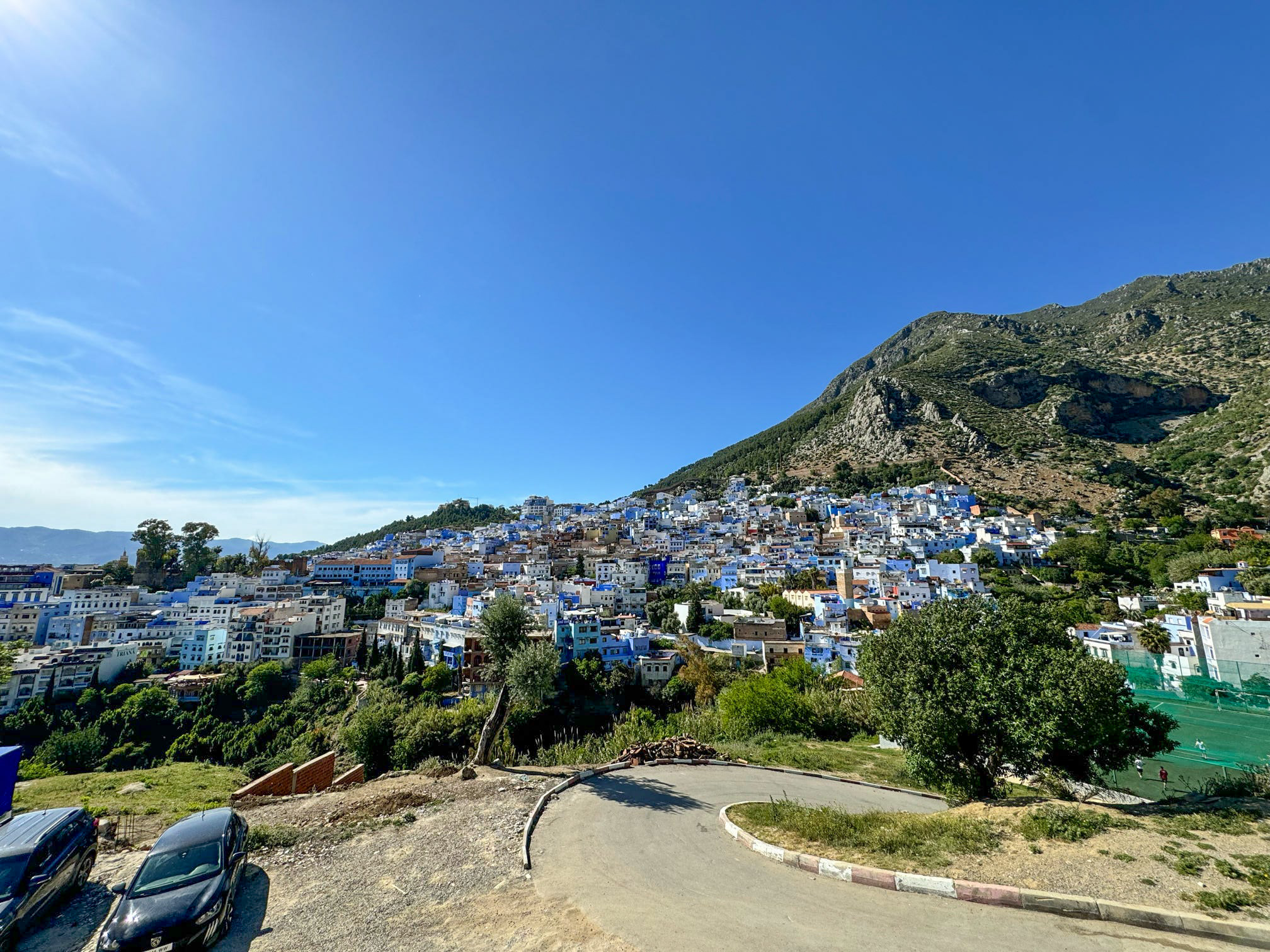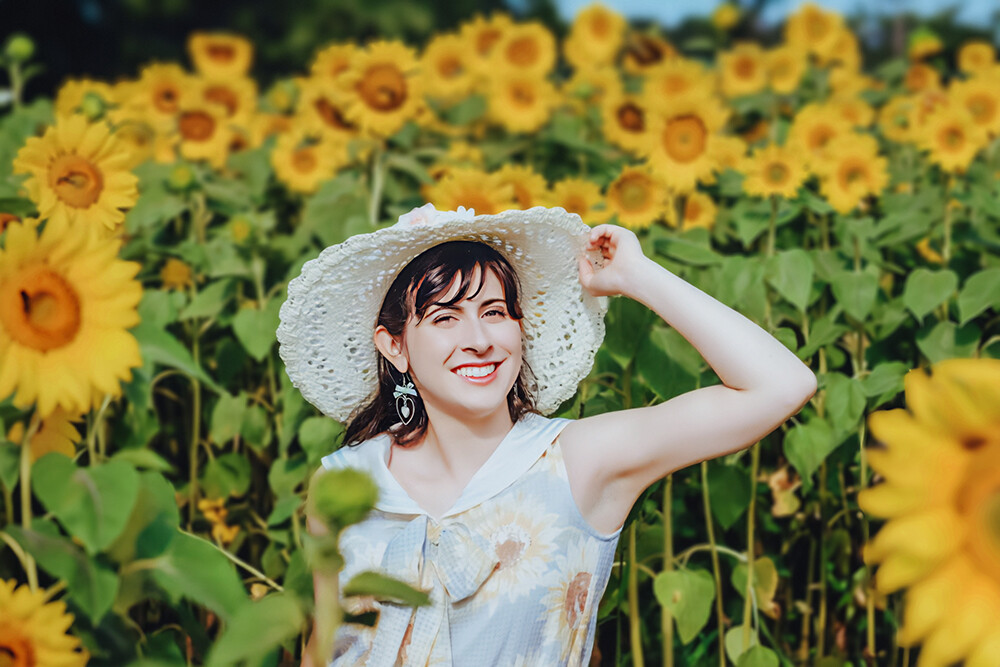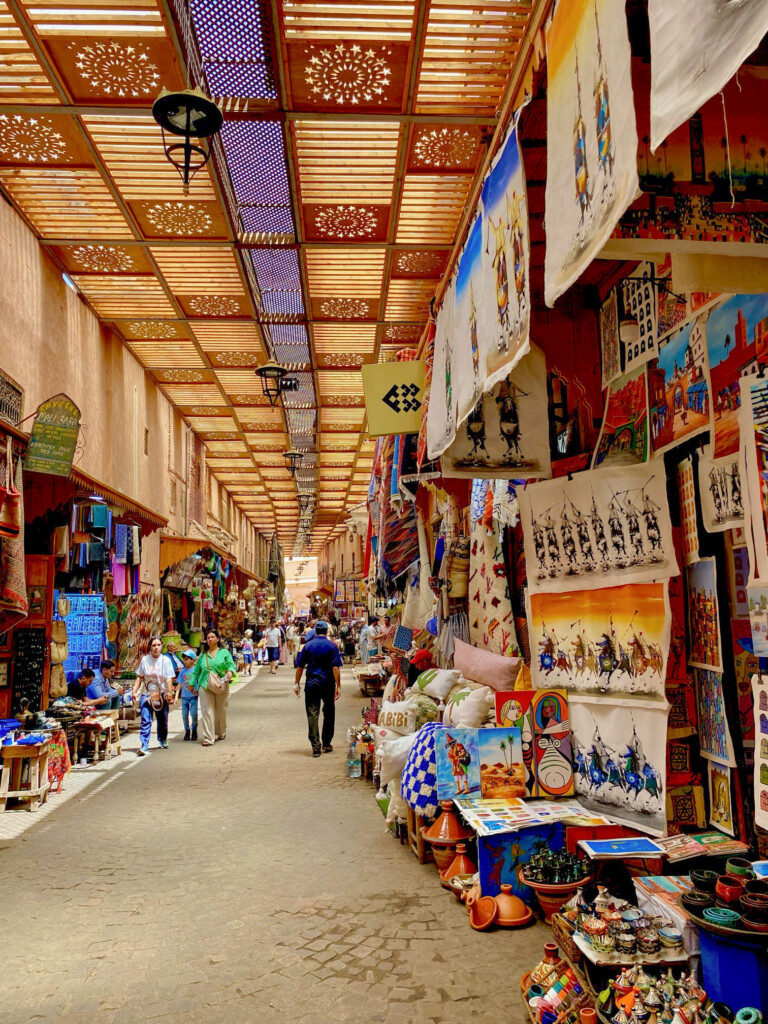
Three UGA Extension agents joined a study abroad program in Morocco to gain international experience in agriculture and community development while promoting Extension careers.
Shoppers walk through an active outdoor market in Marrakech. (Photo by Tyler Foote)

In May, three University of Georgia Cooperative Extension agents participated in a new pilot program embedding them in a study abroad course focused on agriculture and community development in Morocco.
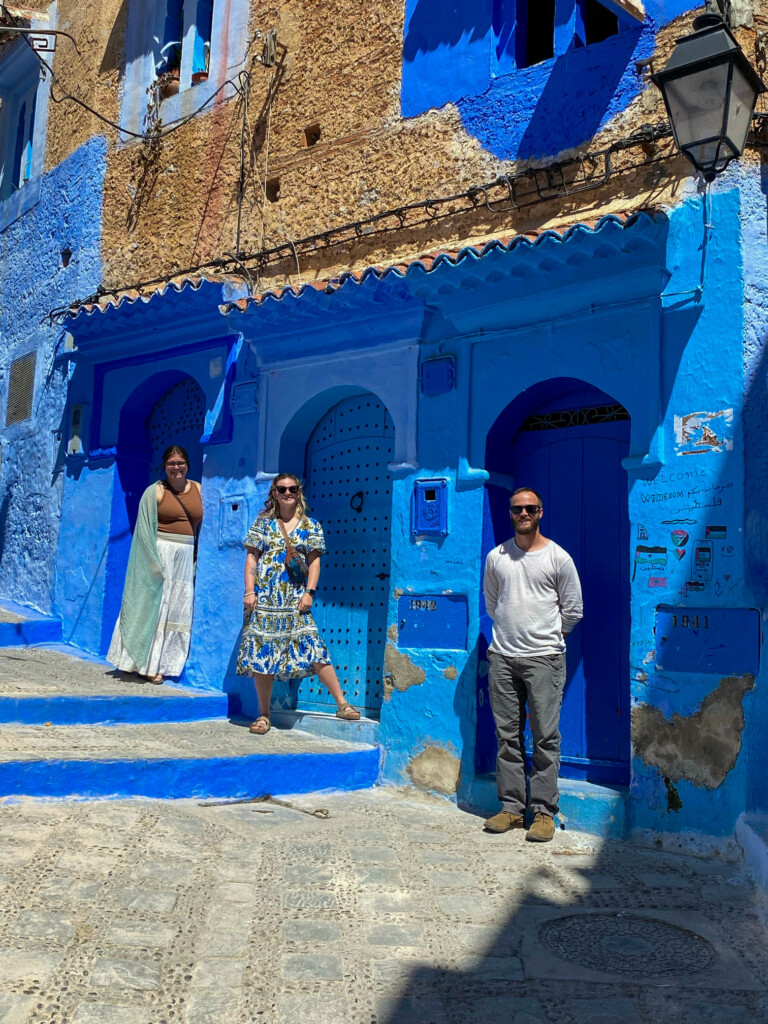
Becca Baldwin and Courtney Mixon, both Georgia 4-H agents, and Eric Marlowe, an Agriculture and Natural Resources agent, joined the May study abroad program “Morocco: Agriculture, Organizational and Community Development.” Led by James Anderson, associate professor of Agricultural Leadership, Education and Communication, the program offered Extension participants a firsthand look at the agricultural systems, community structures and environmental practices of one of North Africa’s most culturally diverse nations.
The agents, who are all enrolled in graduate programs — Baldwin and Marlowe at UGA and Mixon at the University of West Georgia — helped support student experiences and provided leadership throughout the four-week program.

Embarking on a learning journey
After arriving in Casablanca, the group visited historic gardens and monuments like the Hassan II Mosque.
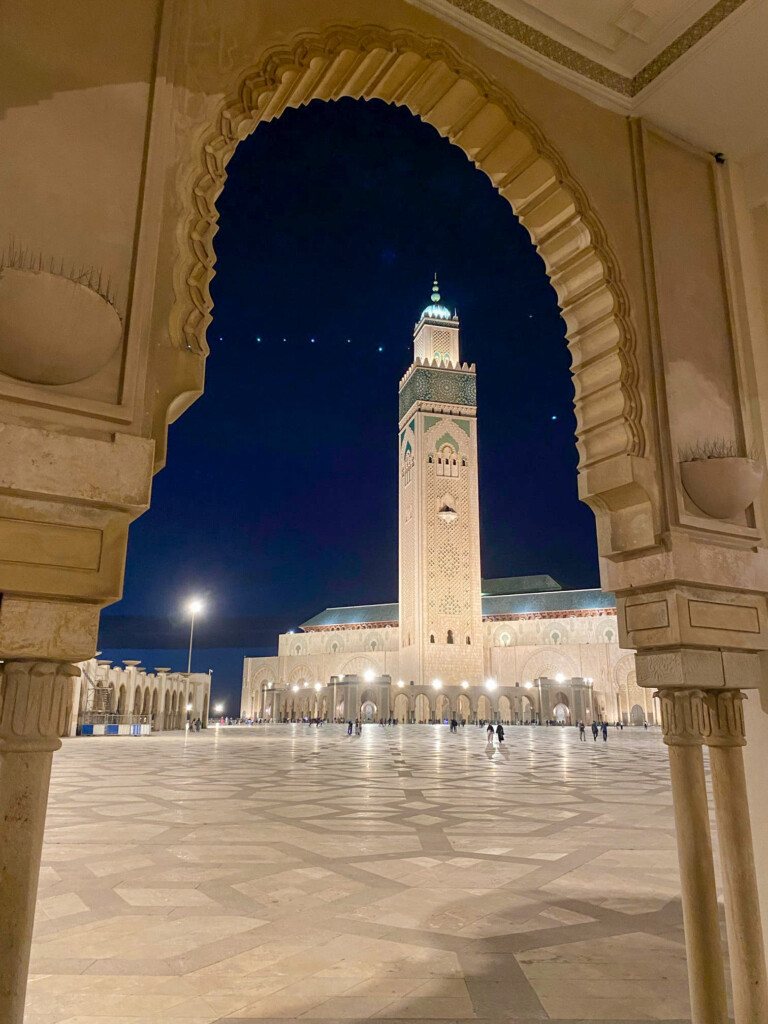
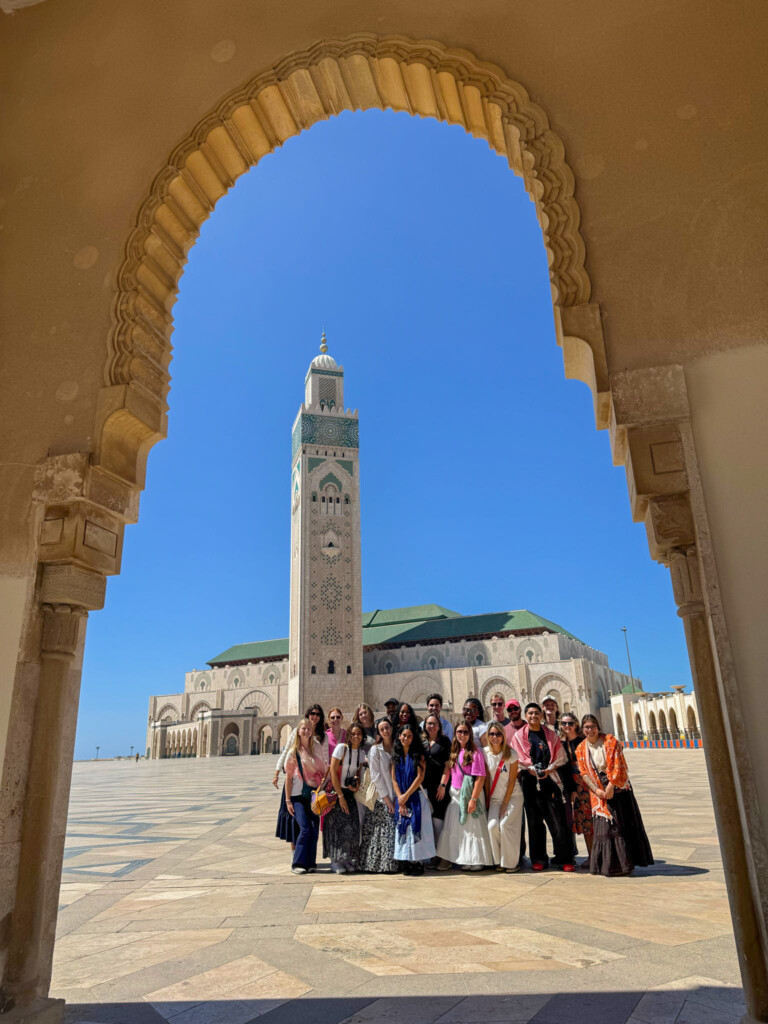
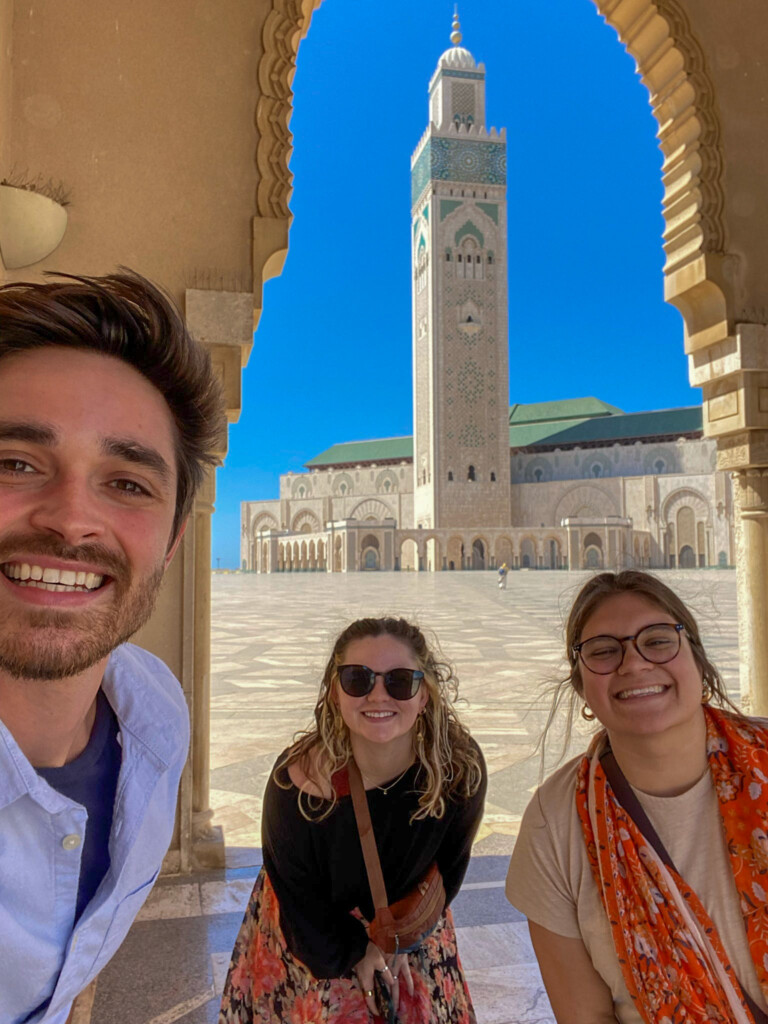
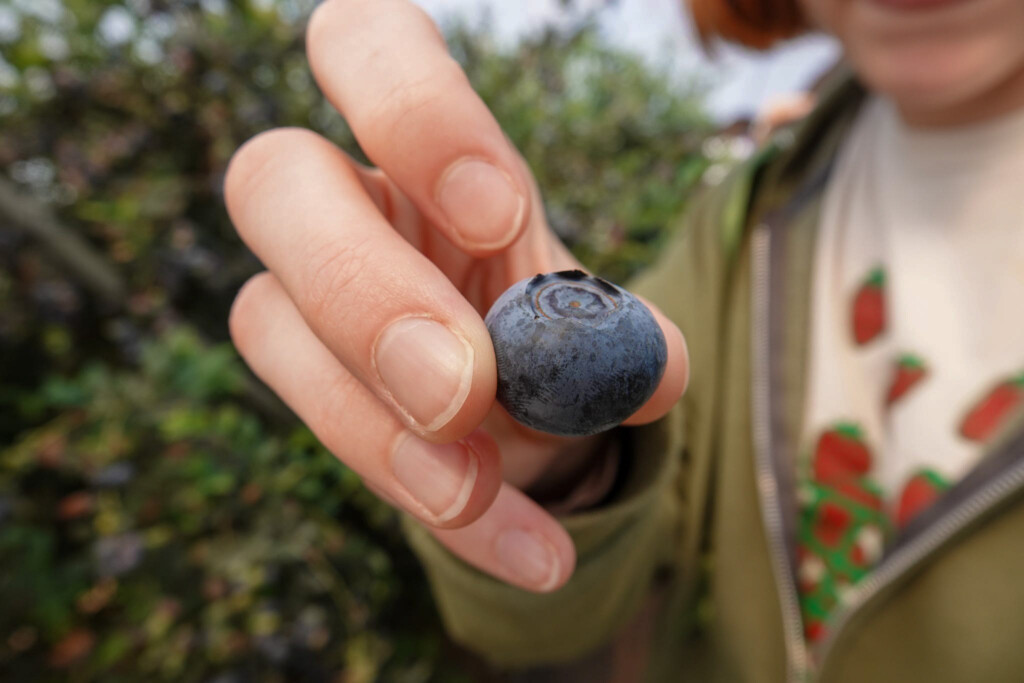
Later, the group ventured north along the coast to the rural towns of Moulay Bousselham and Larache, where they toured dairy operations and a large-scale berry processing facility run by the iBerry Cooperative, a producer, packer and exporter of fresh and frozen berries. At Mazaria, a family-owner farming operation near Larache, students met with livestock farmers and saw firsthand how producers manage animals and land amid shifting climate conditions and global market pressures.

In Tangier, the group explored one of Africa’s most important shipping ports, Tanger Med, and visited agribusiness facilities connected to Morocco’s growing role in international food logistics.
“From the very beginning, the Extension agents were fully engaged, not just in asking questions but in building relationships,” said Kristi Carpenter, UGA Extension staff and organizational development specialist and co-leader of the trip. “They mentored undergraduates, reflected deeply on translating experiences to their work back home, and brought a nurturing educator ethos that fostered curiosity and connection.”

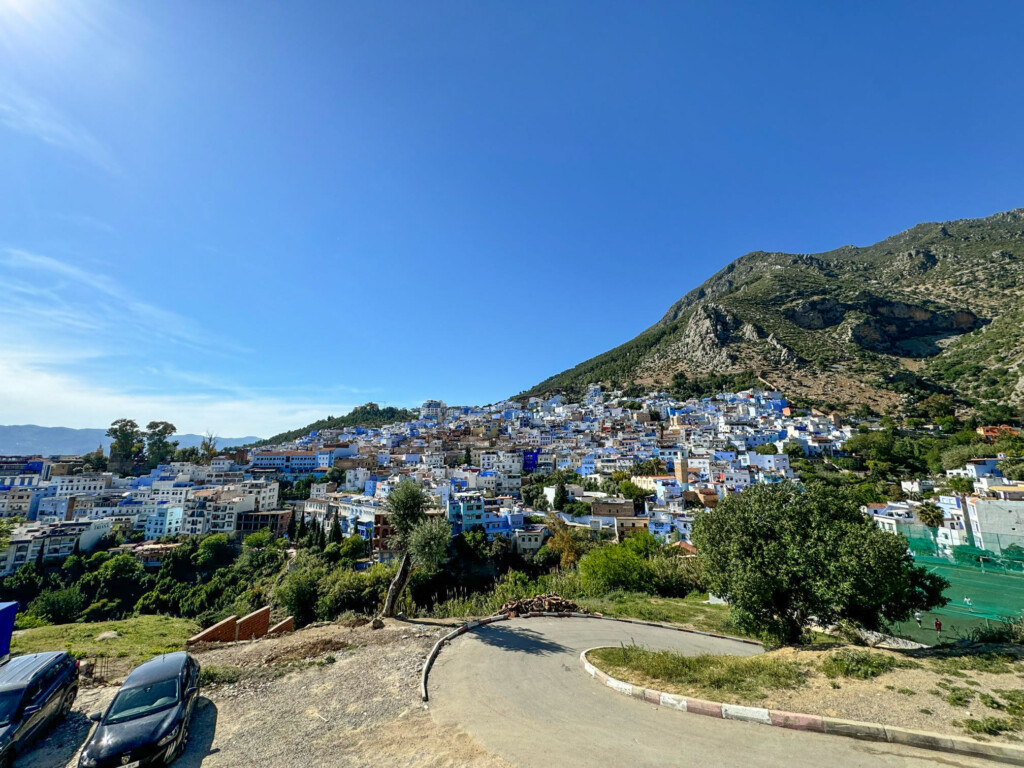
From the coastal region, the group traveled inland to the blue-washed mountain city of Chefchaouen, then on to Fes and Meknes, two cities central to Morocco’s agricultural economy and educational infrastructure.
A favorite stop was the École Nationale d’Agriculture de Meknès (ENA), where participants toured olive oil production facilities and shared a meal with Moroccan faculty and students. Mixon reflected on the significance of the “community table” experience.
“Our morning began with a presentation of the student experience, existing work, outcomes and future goals of ENA,” Mixon said. “Over lunch, we had an open conversation with Dr. Said Amiri, the school’s director, about education access, the role of women and future hopes for Moroccan agriculture. As a former classroom educator and now Extension agent, this exchange offered new insight into my own work.”
Mixon noted that women’s contributions to agricultural education and research were especially visible at ENA. “Dr. Amiri and his team of bright students stood out as a highlight — clear evidence of a country working with intention to build a more inclusive and progressive future,” she said.


Finding inspiration in the desert
The second half of the journey took the group into Morocco’s arid interior. From Fes, they traveled to Midelt, passing through mountainous terrain and stopping for cultural tours and local meals. They continued to Merzouga, where students explored the Sahara Desert by camel and ATV and spent the night under the stars at a traditional Bedouin camp.
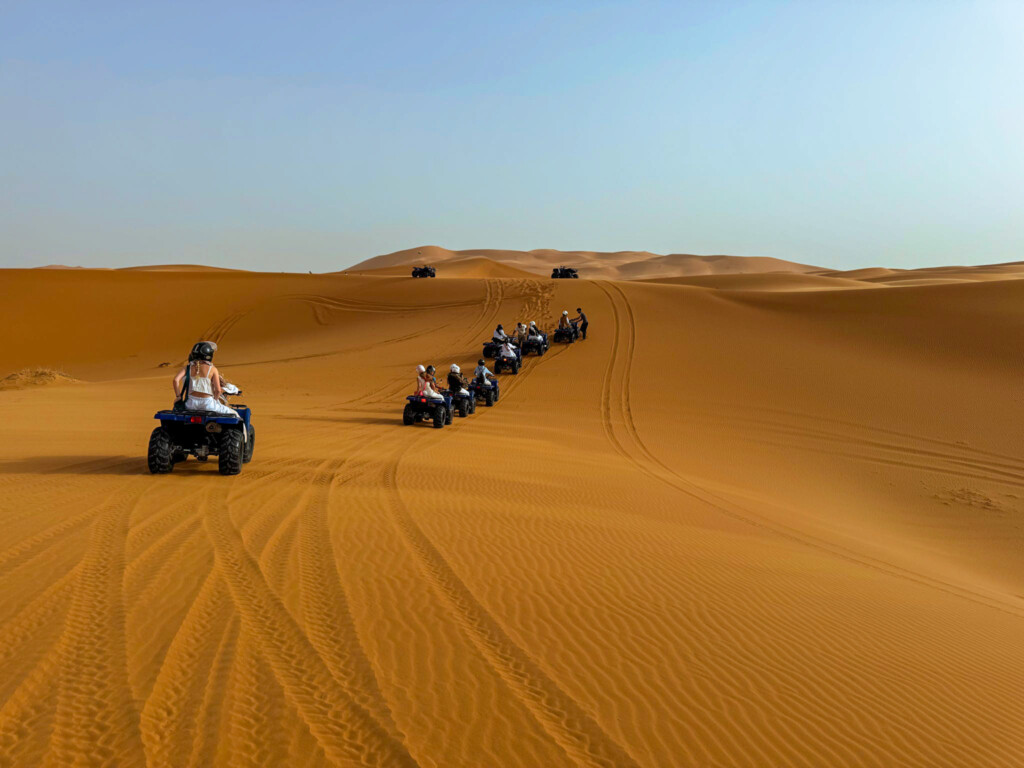
Early the next morning, participants hiked to the top of the dunes to watch the sunrise. After breakfast, they traveled to a nearby oasis where they examined a traditional irrigation system that had sustained desert farming communities for generations. For Baldwin, this part of the visit was a turning point.
“Throughout this trip, I witnessed how the Moroccan people invest in one another and their communities,” Baldwin said. “During our visit to a farm in the oasis, we met three brothers who have dedicated their lives to cultivating the desert land that is theirs. Instead of giving up or retreating, they took what they had and ran with it. From irrigation to fertilization, with no waste, they’ve created a system that provides for their families and for their broader community. I found this to be a beautiful representation of Morocco’s heart.”
Marlowe echoed Baldwin’s admiration. “Seeing how farmers made use of limited water and adapted to challenging landscapes was inspiring,” he said. “It got me thinking about how some of these low-input, small-scale agriculture techniques could be adapted for gardens back home.”
“I was deeply moved by watching one of our urban ag agents in dialogue with a farmer in an oasis where drought has gripped the land for 15 years,” said Carpenter. “It’s a moment I’ll carry with me.”

Out of the desert, the group moved west to tour the city of Ouarzazate, home to film studios and the Ksar of Aït Benhaddou, a historic fortified village along the former caravan route between the Sahara and Marrakech that is a UNESCO World Heritage Site. Continuing to Taroudant, they visited COPAG, Morocco’s largest agricultural cooperative, and spent time at a women-run argan oil collective, which highlighted the intersections of agriculture and gender equality in rural development.
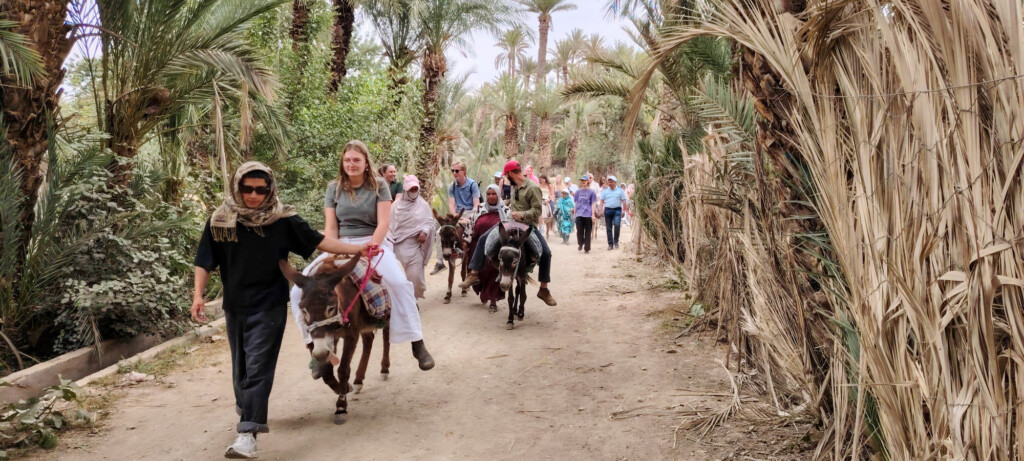

The program wrapped in Marrakech, where the group explored historical markets, monuments and the city’s water museum. A farewell dinner at the bustling Jamaa El Fana square gave participants a final opportunity to reflect on what they’d learned and how it might shape their lives and careers.
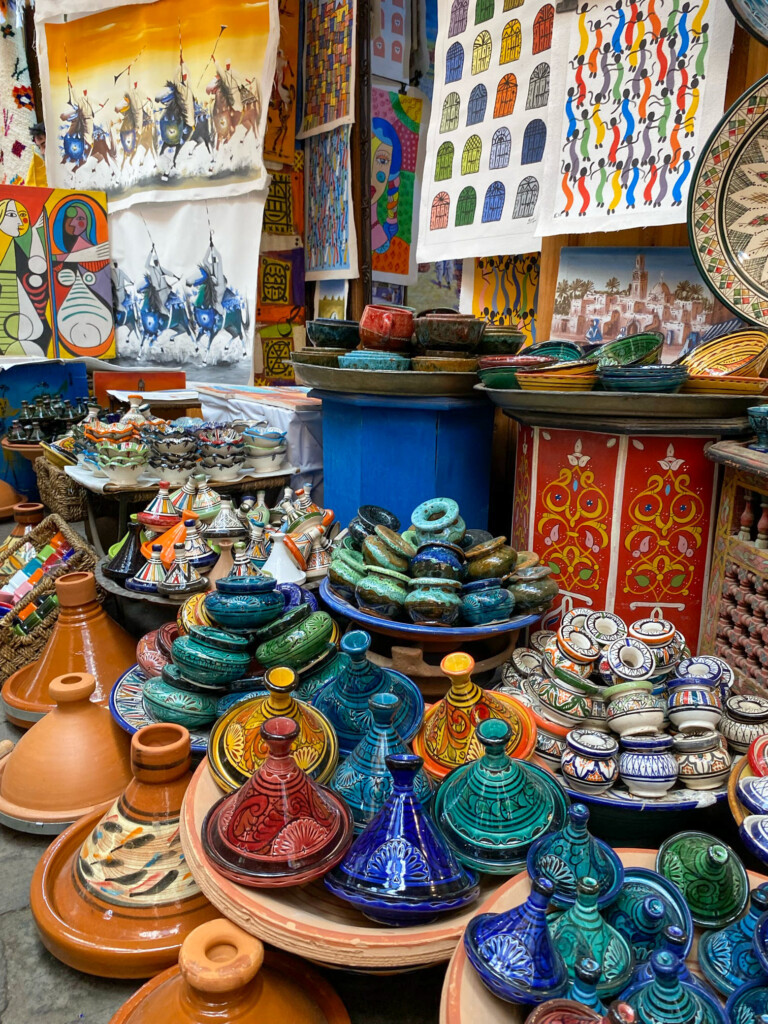

Bringing it home
For the Extension agents, the experience was transformational.
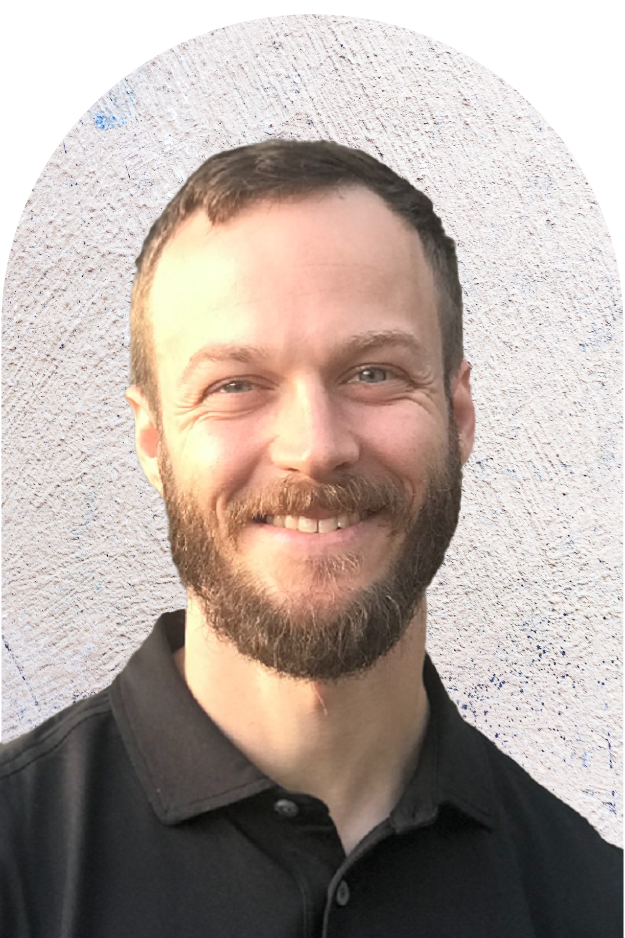
“I came back so fired up that it was contagious,” Marlowe said. “I already have three presentations scheduled to share what I learned with local communities in Georgia.”
He brought back a renewed motivation to improve his language skills and deepen his international connections. “It was both practical and pleasurable to be able to communicate, even poorly, in another language. It was a very positive experience overall, and I would do it again in a heartbeat,” Marlowe added.
For Baldwin, Morocco’s culture of hospitality and community offered a powerful parallel to Extension’s mission. “Extension prides itself on investing in communities,” she said. “As a 4-H agent, I work to give back to the community that I work, play and live in. I left inspired by the Moroccan people’s efforts to not only provide for their families but for the families of their community.”
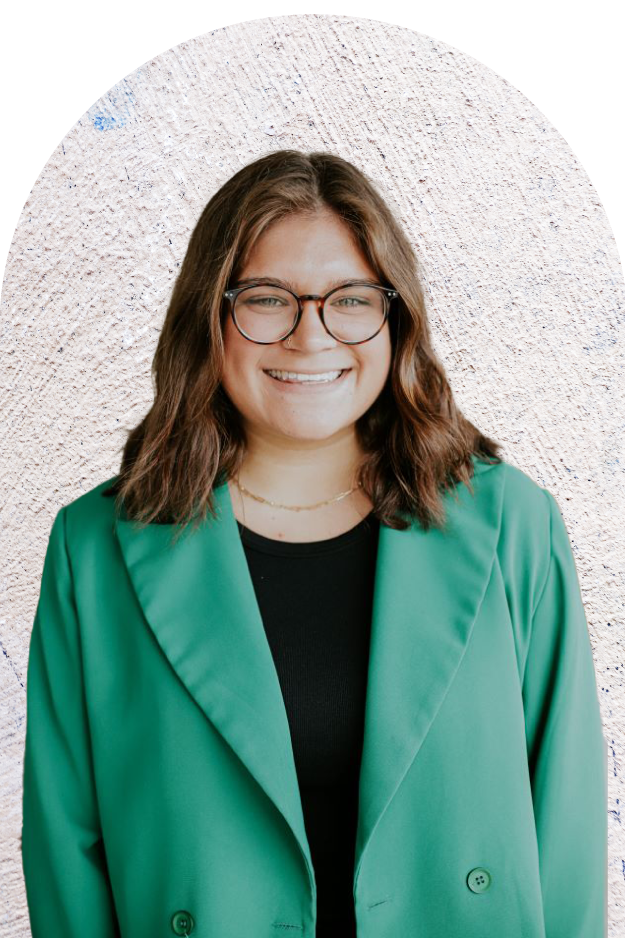
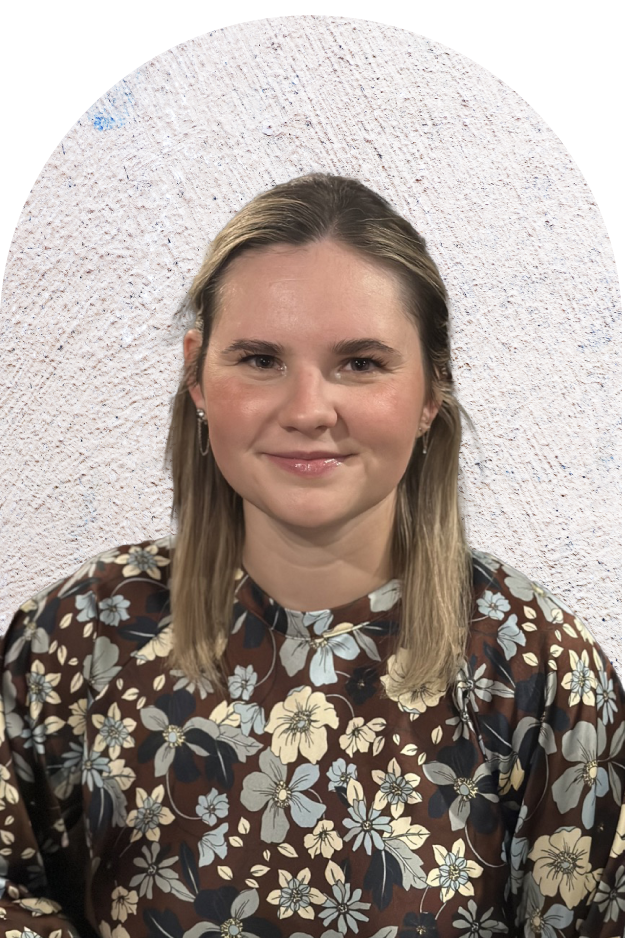
Back in Atlanta, where her family recently opened a coffee shop, Mixon sees a new way forward.
“In Morocco, the sense of community was constant — on sidewalks, in cafés, by mosques and in every medina. It reminded me that change doesn’t always start with programs or policies. Sometimes, it starts at a table,” she said. “I hope our coffee shop can be more than a stop for caffeine — that it can be a gathering place, a space where people come to be together. The Moroccan people showed me that when you make space for community, you make space for joy, growth and understanding.”
The road ahead for Extension abroad
As UGA Extension explores new ways to develop its workforce and attract the next generation of leaders, this pilot program offers a model for integrating real-world international experiences into professional development.
“Embedding Extension agents into our faculty-led study abroad program in Morocco far exceeded our expectations,” said Todd Applegate, CAES assistant dean for international programs. “We are deeply grateful to Drs. Anderson and Carpenter for making this innovative experience possible. Not only did the program provide our undergraduate students with meaningful exposure to careers in Extension and community development, it also broadened the perspectives of our agents — highlighting their vital roles in fostering resiliency and growth within their counties.”
“This was a test case, but a meaningful one,” Carpenter added. “Embedding Extension agents into study abroad not only strengthened the program for students but allowed the agents to return home with new ideas, renewed purpose and a broader view of what community development can look like.”

